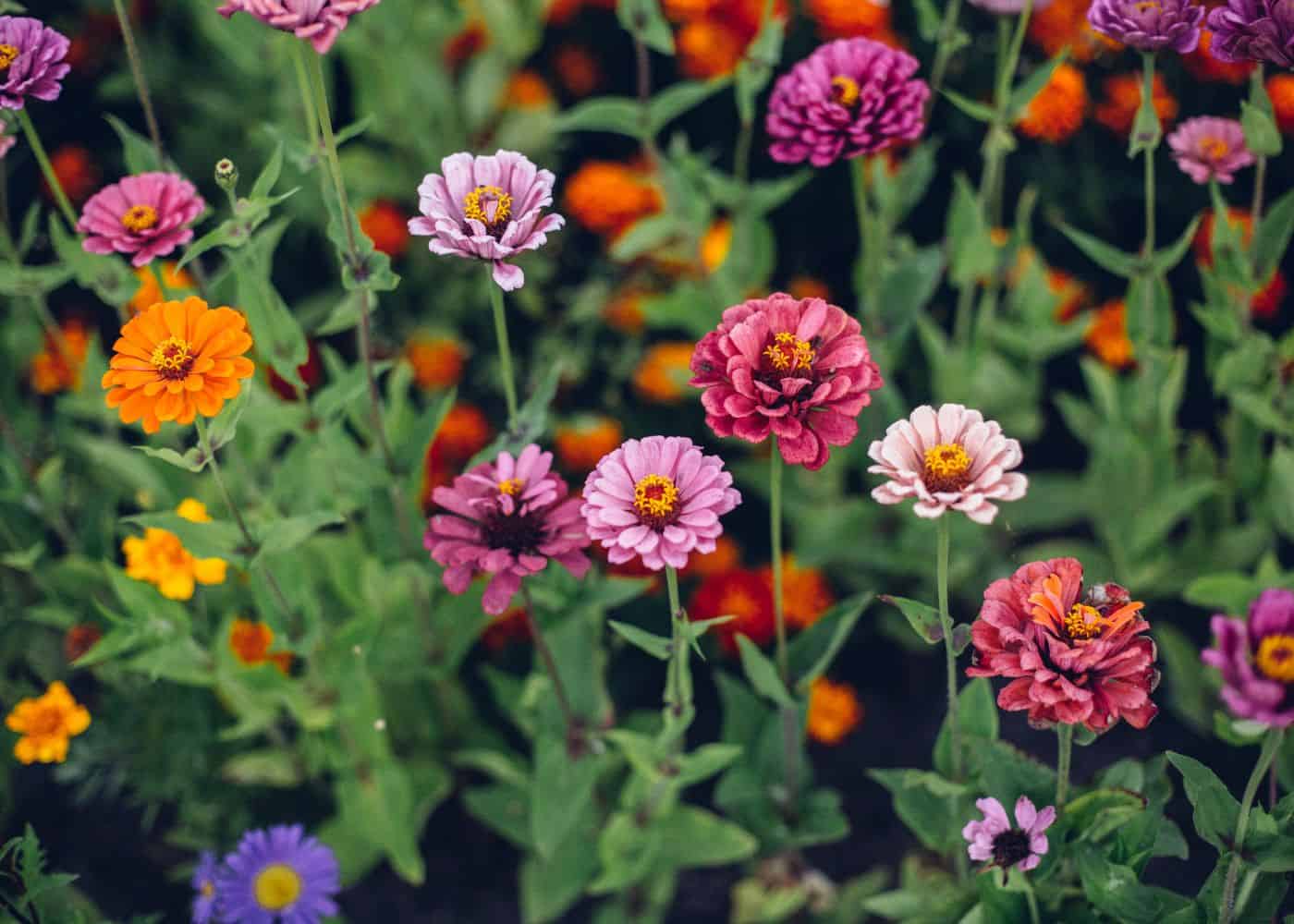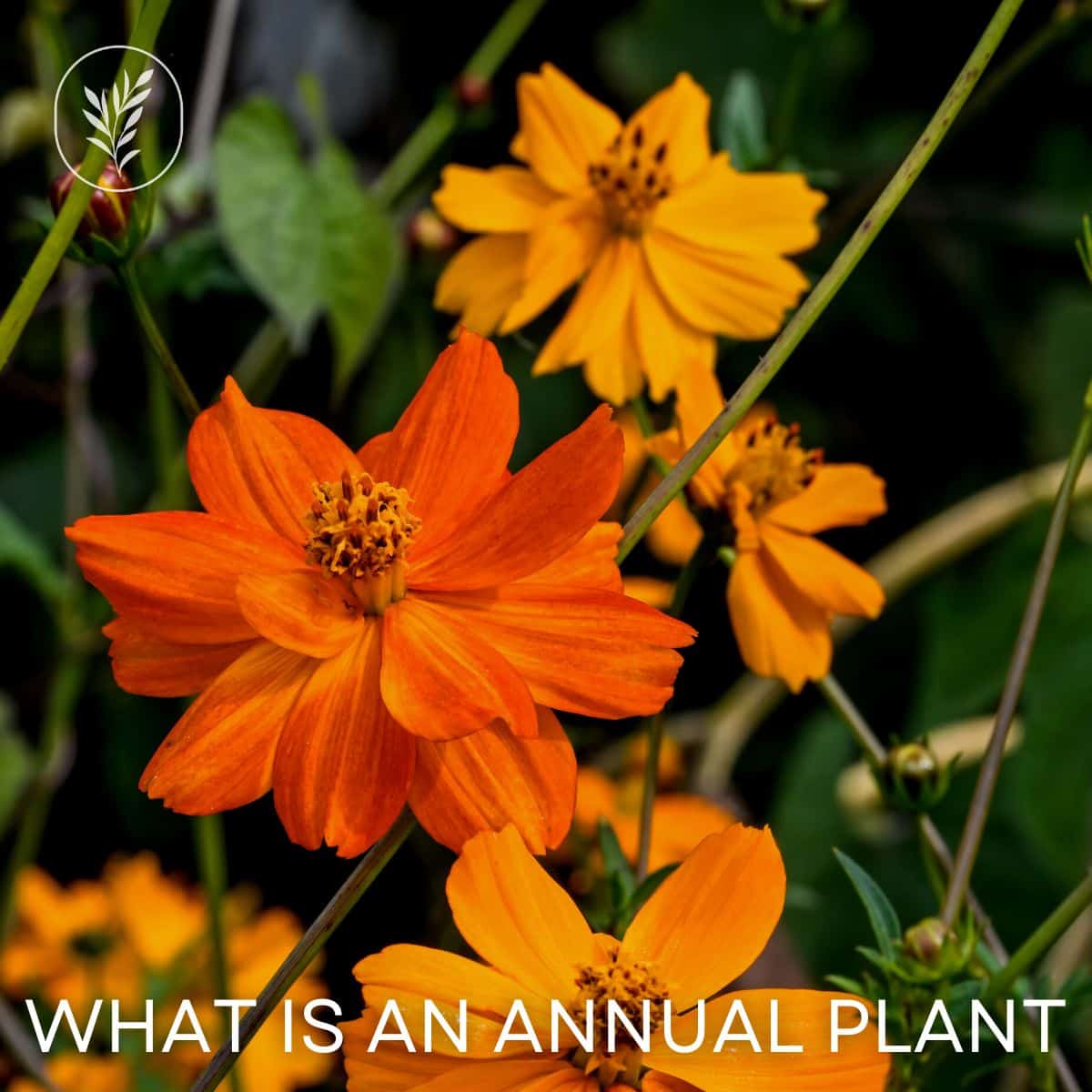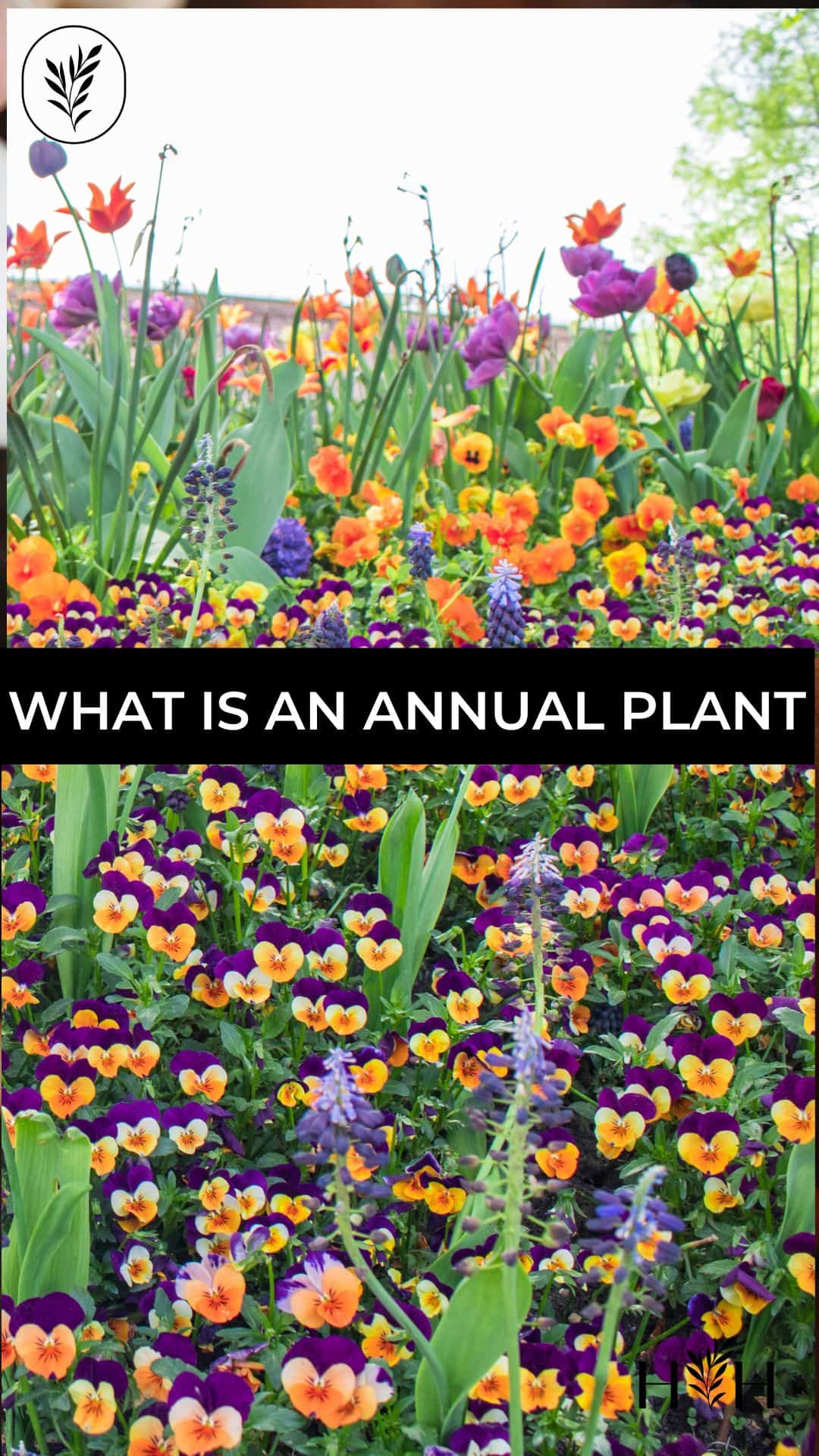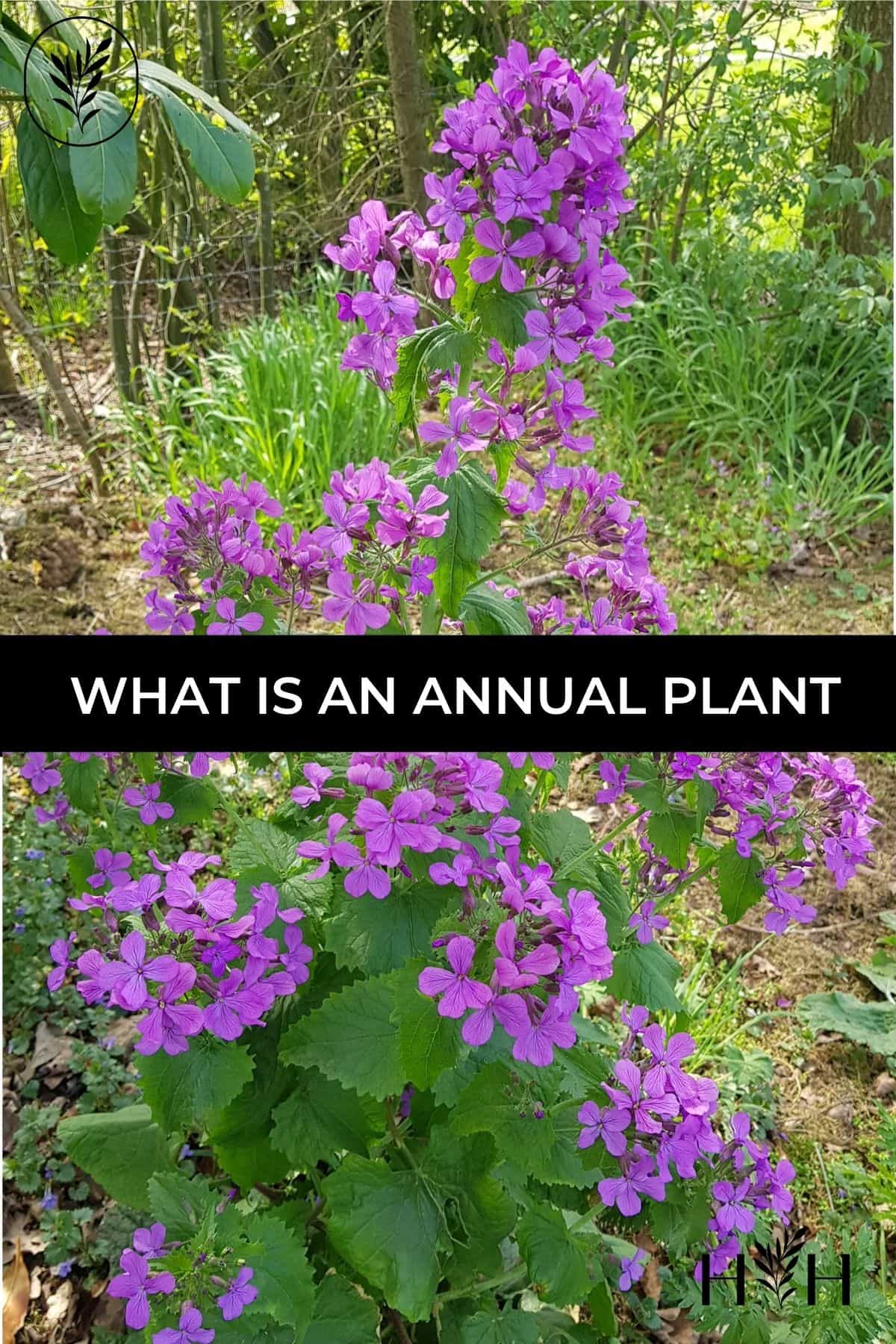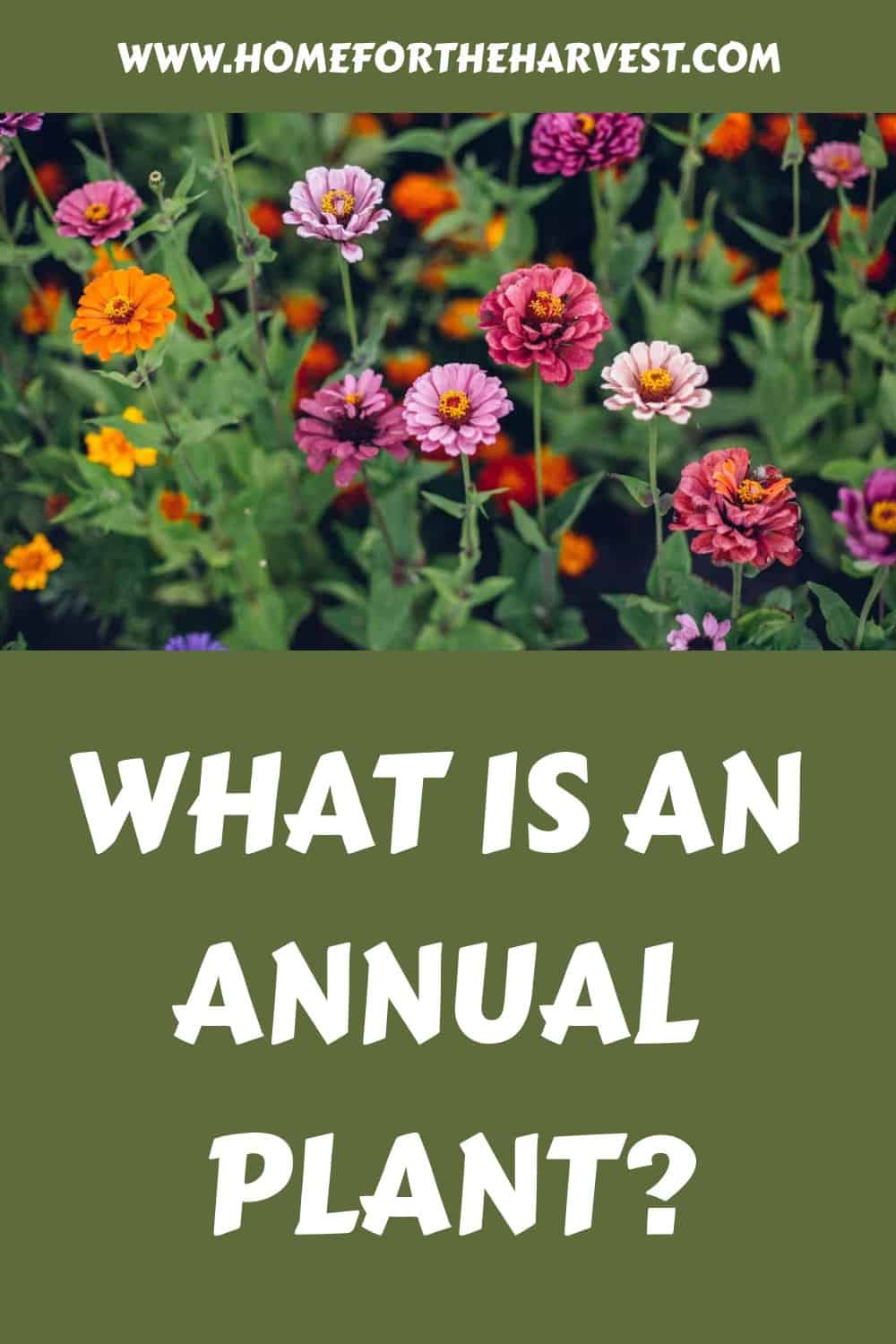Whether you are an avid gardener or just getting started, it’s essential to understand which plants are annual plants, how they compare to perennials, and how best to care for them. So, what is an annual plant?
An annual plant is a plant with an expected life cycle duration of under one year. These short-lived plants typically germinate from seed in the spring, sprout into a seedling, grow flowers, grow seeds, and then die in the fall. Their entire lifespan is under twelve months.
These plants are often used in gardens and landscaping because of their colorful flowers and ability to fill in gaps in the garden quickly. Many bedding plants are annuals, as well as many important food crops. Examples of popular annual plants are zinnia, cosmos, sunflower, lettuce, and corn.
Annuals typically need to be replanted each year. Certain annuals, however, are particularly good at re-seeding themselves all on their own and are considered self-sowing annuals. Some tender perennials are usually grown as if they were annuals (like petunias).
Read on to learn all about annual plants!
What is an annual plant?
An annual plant goes through the complete life cycle, from germination to the production of seeds, in one growing season. After this one cycle, the plant dies. The seeds that the plant dropped, however, survive in the soil and then they sprout when conditions are ideal. The growing season will vary from location to location, but the idea remains the same.
The length of this cycle varies depending on the climate and location of the plant. In cold locations, annuals typically have a very short lifespan as the growing season is short due to freezing winters. In warm climates, longer-season annuals can thrive as they have the long season required to do so.
The most common annual plants are food crops and some ornamentals like bedding plants. Most vegetable plants are annuals, and so are many less-expensive flowering plants at the garden center. Annual flowers are the perfect way to introduce lots of different bright colors into your yard, as there are so many colors available and they tend to have a long bloom duration.
The opposite of an annual plant is a perennial plant. Perennial plants can live for many years as long as they are planted in an adequate growing environment. This includes herbaceous perennials, which have roots that live for many years, even as the aboveground foliage dies back to the ground each winter.
“Annuals are plants which complete their entire life cycle— germinate, mature, and set seed—in one growing season.”
Washington State University Extension, Master Gardener Manual
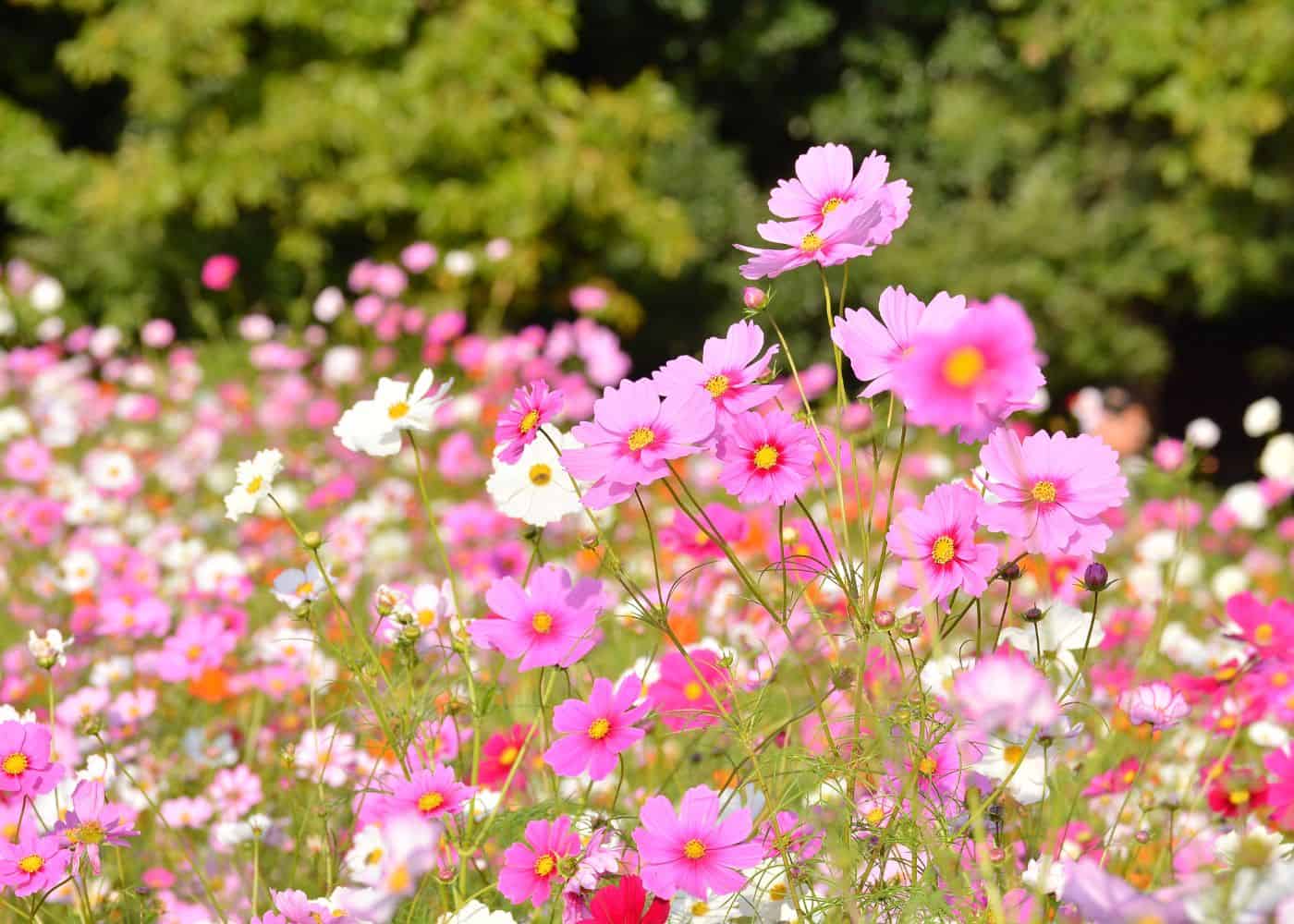
Characteristics of an annual plant
Annual plants are plants that begin as a seed, germinate, grow, flower, produce seeds, and then die all in one year. The growing season does not always follow traditional seasons, and the flowering time for each plant will vary.
They are typically fast-growing plants that fade in the fall as the temperatures drop. Annuals are often flowering plants with dormant seeds. These seeds are the only parts of the plant to survive from the parent plant into the next year.
You must replace annuals each year
Unlike perennials which return each season on their own, annuals must be removed and replanted in order to enjoy them again. Both summer annuals and winter annuals will have to be replaced with new plants when the new growing season begins. That growing season depends on where you live and which types of annuals you use.

Popular annual flowers and plants
As you consider different annuals in your garden beds, consider some of these. They are colorful and easy-to-maintain options that bloom in early spring. Throughout their life cycle, they will produce plenty of colorful beauty for you to enjoy.
Here are some examples of annual plants:
- Sunflower
- Petunia
- Calibrachoa
- Cosmos
- Marigold
- Zinnia
“Many annuals are classic container and window box plants; they bring instant color to patios, decks, porches, and rooftops. They can intermingle with vegetables and herbs to dress up the food garden or soften the harsh look of a front sidewalk and extend a welcome to your visitors.”
Annuals, perennials, and bulbs for your home, by Anne Halpin
Different types of annual plants
There are two main categories of true annuals to choose from: summer annuals and winter annuals. The difference between these two sub-groups is the time of year that they typically germinate and do most of their growing.
Summer annuals grow in spring and summer when the weather is heating up and days are becoming longer, while winter annuals do most of their growth in the fall and winter as temperatures drop and days get shorter.
These two categories are used most commonly when discussing weedy plants and how best to manage them. For instance, crabgrass is a summer annual that germinates in the spring, while chickweed is a winter annual that germinates in late summer. Understanding the life cycle timing can help the gardener interrupt the cycle and control the weed.
“Summer annuals complete their life cycle during spring and summer; most winter annuals during fall and winter.”
Oregon State University Extension, Know the life cycles of plants — annuals, biennials and perennials
Summer annuals
Plants that are “summer annuals” germinate in the spring and drop seeds in the early fall. The plants die in the fall and the seeds survive in the soil until the following spring.
Winter annuals
Plants that are “winter annuals” germinate in the late summer or early fall and drop seeds in the spring or early summer. These plants typically grow low basal leaves in the fall to protect the crown of the plant over the winter. These leaves perk up in the spring and the plant has a head start as it races towards setting seed.
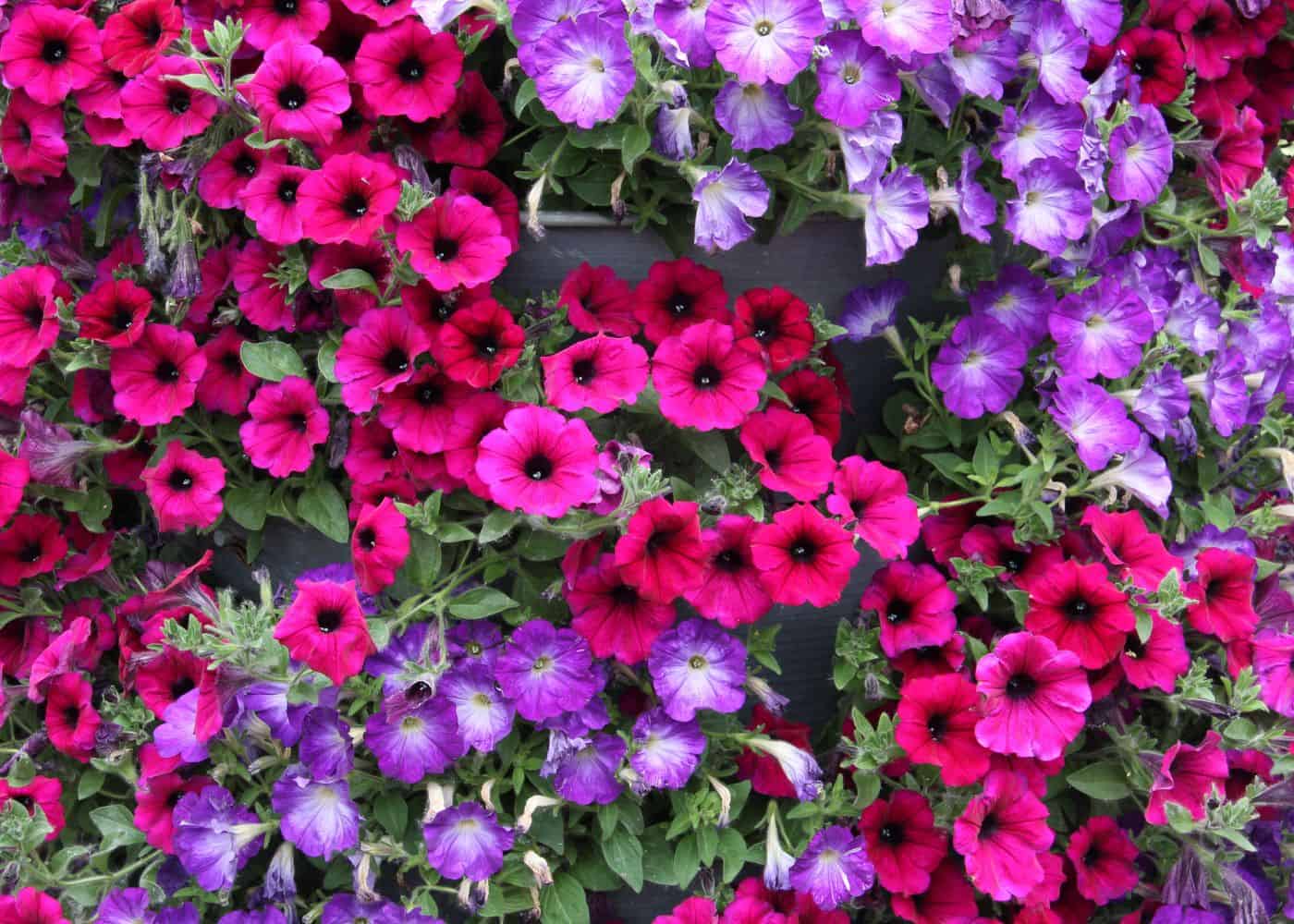
Subgroups of annual plants
Annual plants can also be grouped by their tolerance of cold temperatures. There are three temperature groups of annual plants. Their classification will determine how close to the frost date they can be planted. This varies by location and climate.
The first subgroup is hardy annuals which do well in cooler weather. The next subgroup is half-hardy annuals, which tolerate some frost. Many fall annuals fall into this category. The final subgroup is tender annuals which can’t tolerate any frost and come from tropical climates.
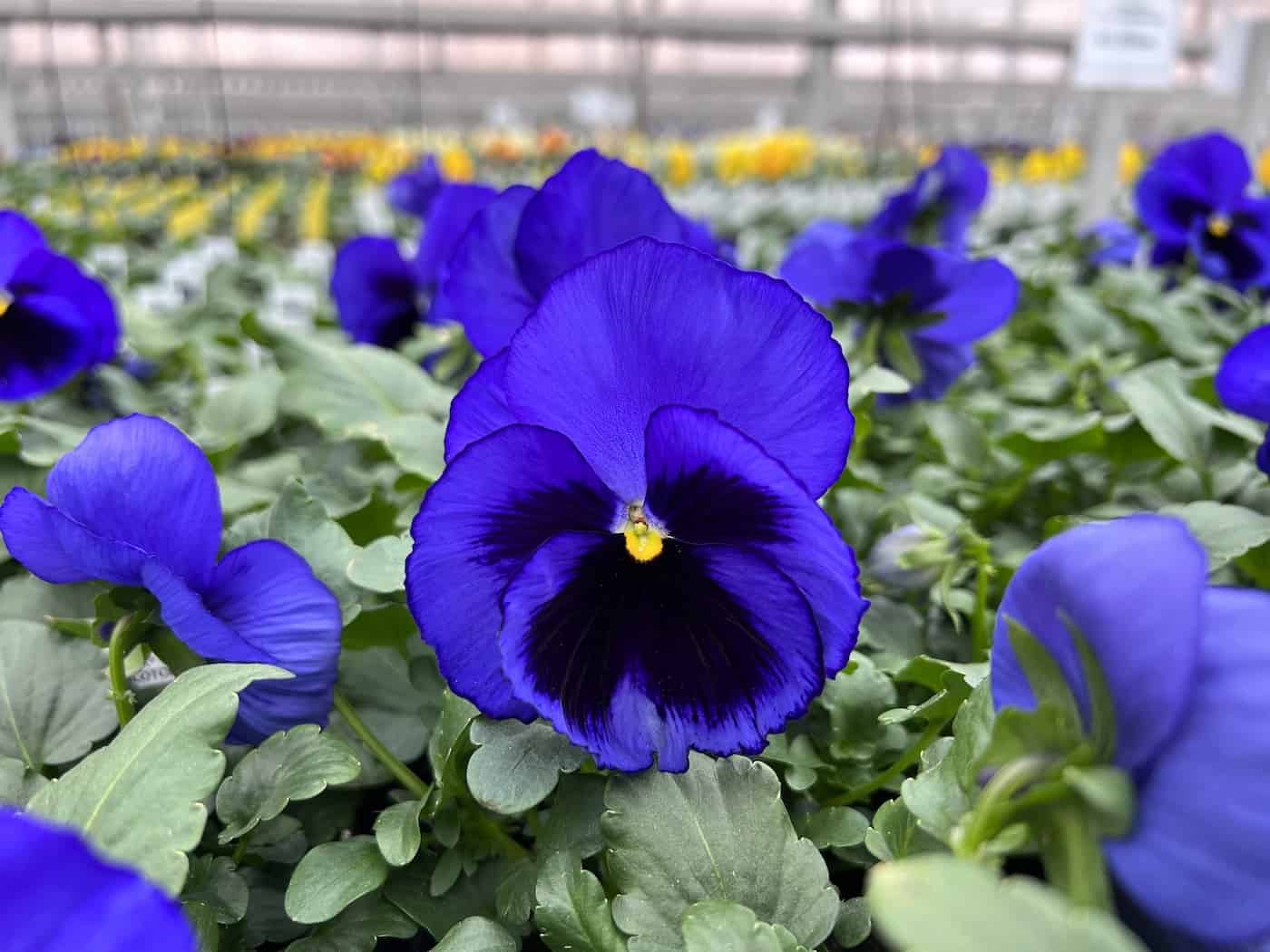
Hardy annuals
Hardy annuals grow well in cool weather and are able to tolerate frost to some extent. Here are some popular hardy annuals:
- Pansy
- Sunflower
- Snapdragon
- Sweet alyssum
- Bachelor’s button
- Ornamental kale
Half-hardy annuals
Half-hardy annuals also do well in cool weather, but can be damaged by frost. Here are some popular half-hardy annuals:
- Petunia
- Salvia
- Marguerite
- Strawflower
- Cleome
- Bells of Ireland
Tender annuals
Tender annuals only grow well in warm weather. They grow slowly in cool weather and are easily damaged even by light frosts. Here are some popular tender annuals:
- Coleus
- Cosmos
- Fuschia
- Nasturtium
- Zinnia
- Moonflower
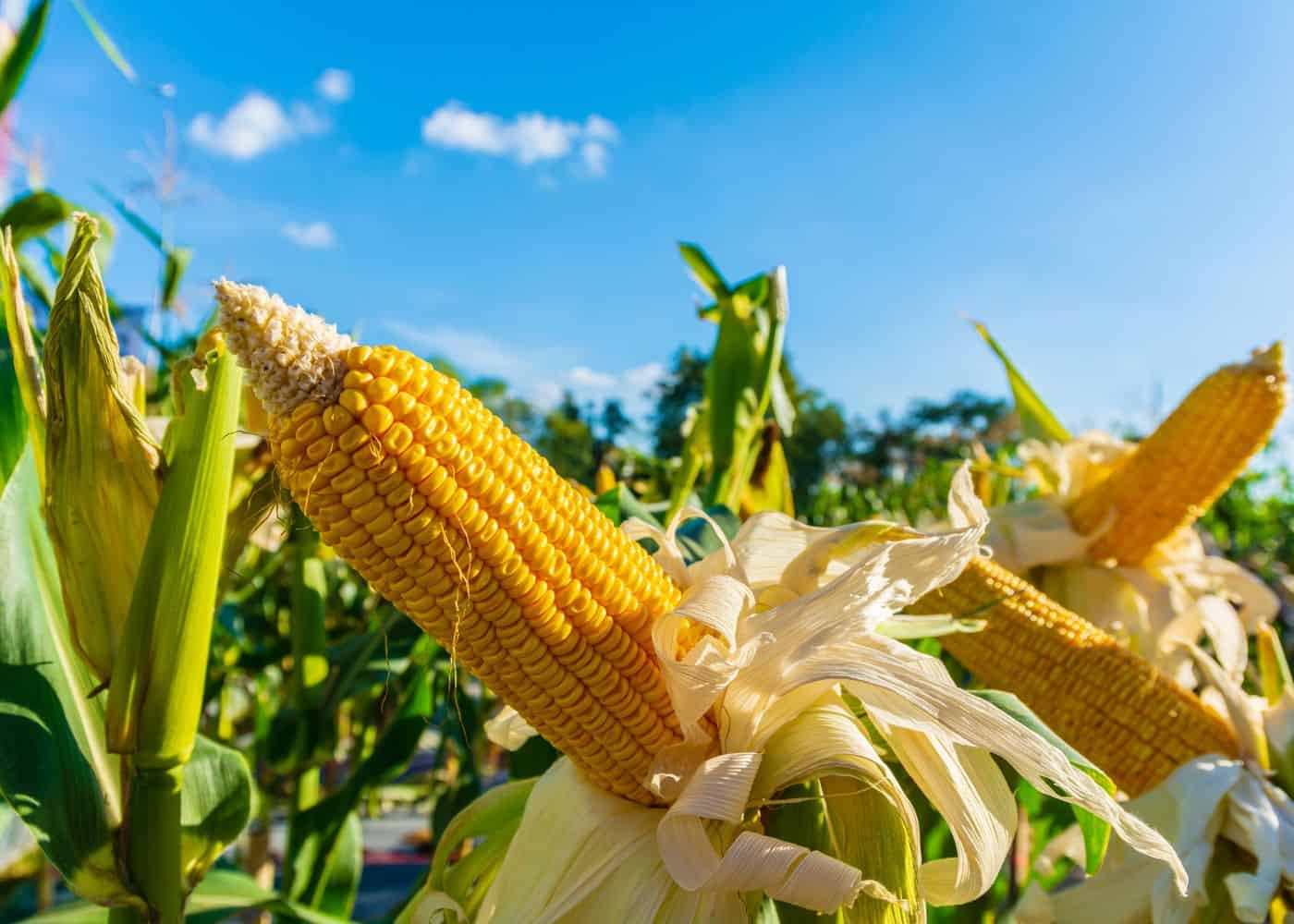
Economically important food crops are often annual plants
Some of the most important annuals are crops we need to sustain life. These crops include grains (corn, wheat, barley, oats), squash, melons, peas, legumes, and different types of lettuce.
These popular plants prefer warmer weather and die in the winter months. They only go through one season of growth and have to be replaced the next year with other plants. Their entire life cycle is complete in one growing season.
Pros and cons of an annual plant
With any plant, there are pros and cons to consider before placing them in your garden. Here are some straightforward pros and cons of planting annuals with one life cycle in your yard.
Pros:
- Annuals are simple to grow and often have brightly colored flowers
- They are versatile plants that can be grown in many different places (garden beds, hanging baskets, or terracotta containers)
- They bloom nonstop from the time they are planted until frost hits, as long as they are cared for correctly
- Annuals accommodate shade, sun, pests, deer, and more
- They attract pollinators that will help your garden
Cons:
- They must be replanted every year to enjoy them again
- To keep them blooming, you may have to deadhead them to remove spent buds
- They may need frequent applications of fertilizer to keep them alive and flourishing
- In the heat of the summer, daily watering is often necessary
Plants that live through one life cycle are fairly straightforward and easy to care for, besides watering and fertilizing them often. They are a great option as gifts compared to perennial plants. Annual flowers make gorgeous additions to the garden each year and make it easy to switch up each growing season.
Tips for planting annuals
In the early spring, as you get ready to plant your annuals, consider these tips.
- Plant annuals with plenty of space to grow and reach their full size
- Apply a slow-release fertilizer to your plants
- Give them the correct amount of light based on the tag
- Check your weather and climate before planting to determine when frost will hit
- Loosen twisted or tight roots before placing them in their new home
- Relocate annuals quickly to their new home, don’t leave them in their packing containers too long
- Water well after you relocate them
- A layer of organic mulch will help with water loss and will help prevent weeds from growing
Annual and perennial plants are amazing to have in the garden and will all bring beautiful greenery to your landscape. Pay attention to the growing seasons in your area and choose the flowering plants that make sense in your climate.
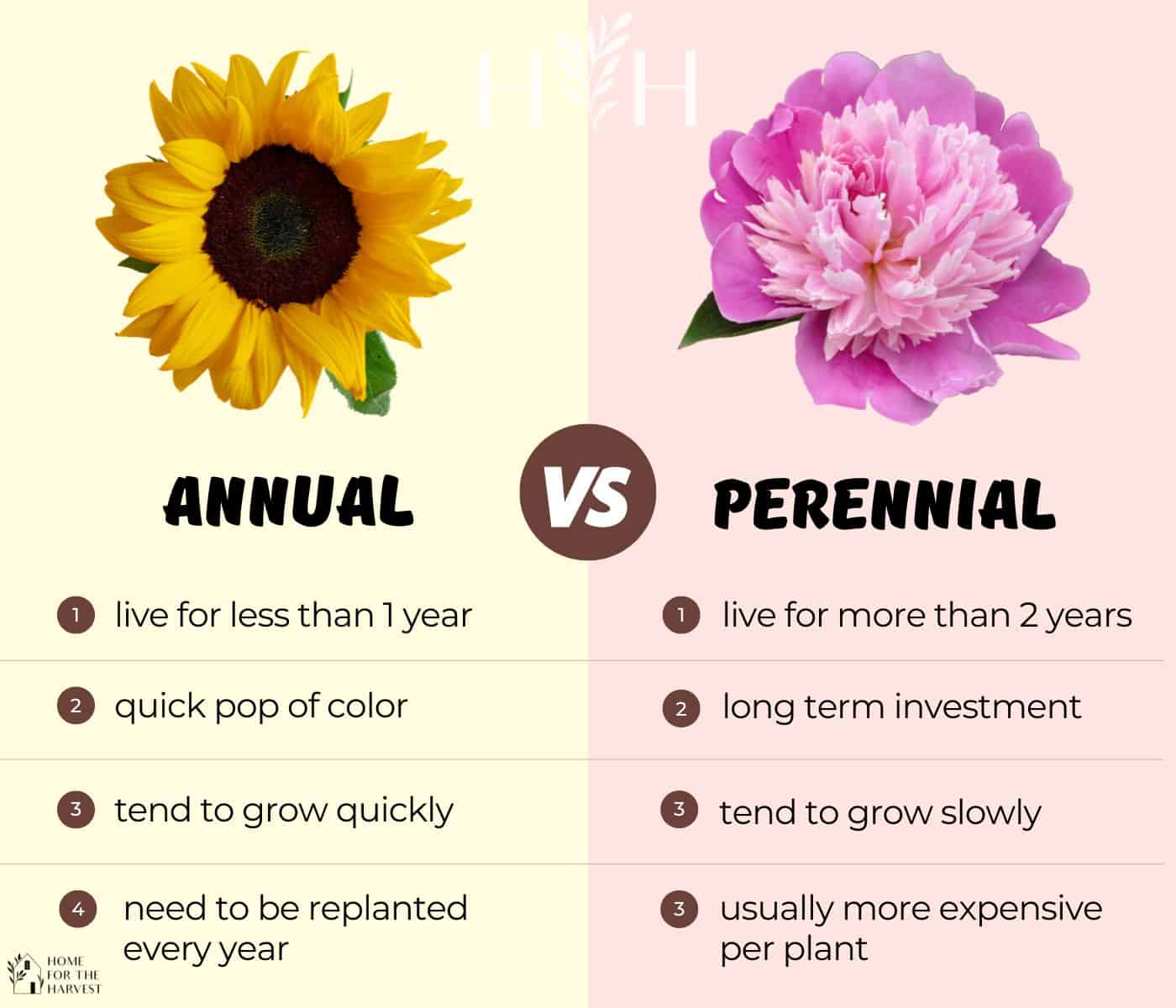
FAQs about annual plants
What is an annual plant?
An annual plant is a type of plant that completes its life cycle within one growing season and then dies. The whole process takes under one calendar year. They typically need to be replanted each year unless they are self-sowing and easily re-seed themselves.
How long do annual plants live?
Annual plants usually only live for one growing season, which can vary in length depending on the climate and weather conditions. In some cases (like cold climates), annual plants may only survive for a few months, while in other cases (like tropical climates), they may live for a full year.
How often do you need to plant annuals?
Annuals need to be replanted each year. You will need to plant annuals annually.
Can annual plants be grown in containers?
Yes, annual plants can definitely be grown in containers, such as pots, planters, or hanging baskets. Container gardening is quite a popular way to grow annuals, as it allows you to bring color and interest to small spaces or balconies.
It is important to choose containers that are appropriately sized for the plants you are growing and to provide proper care, including regular watering and fertilization. Containers dry out much faster than in-ground gardens (and have no natural nutrient input source).


